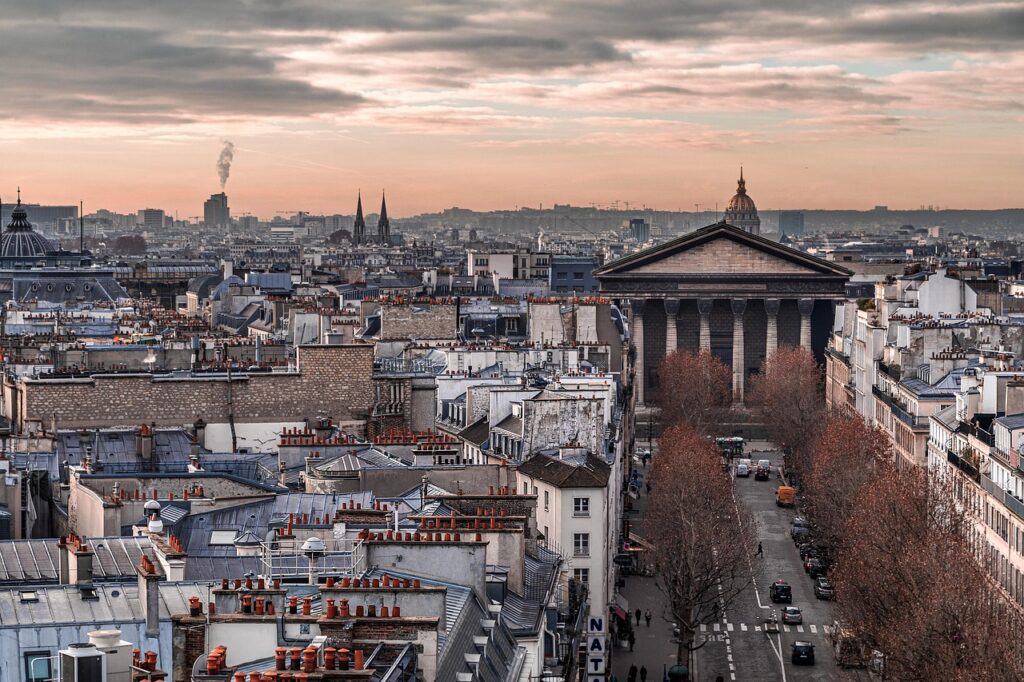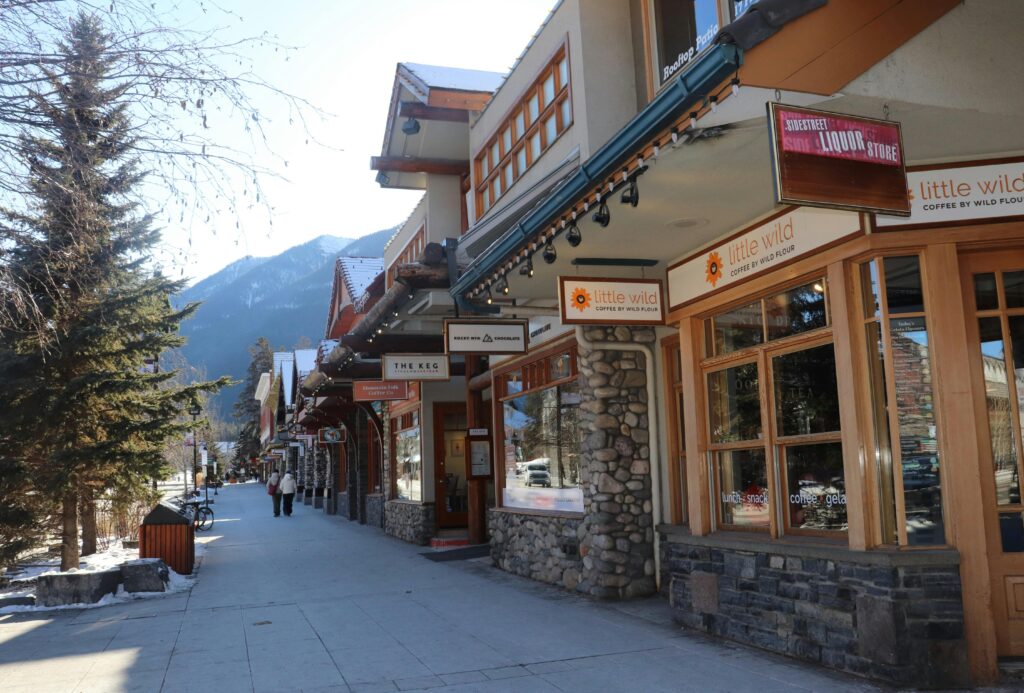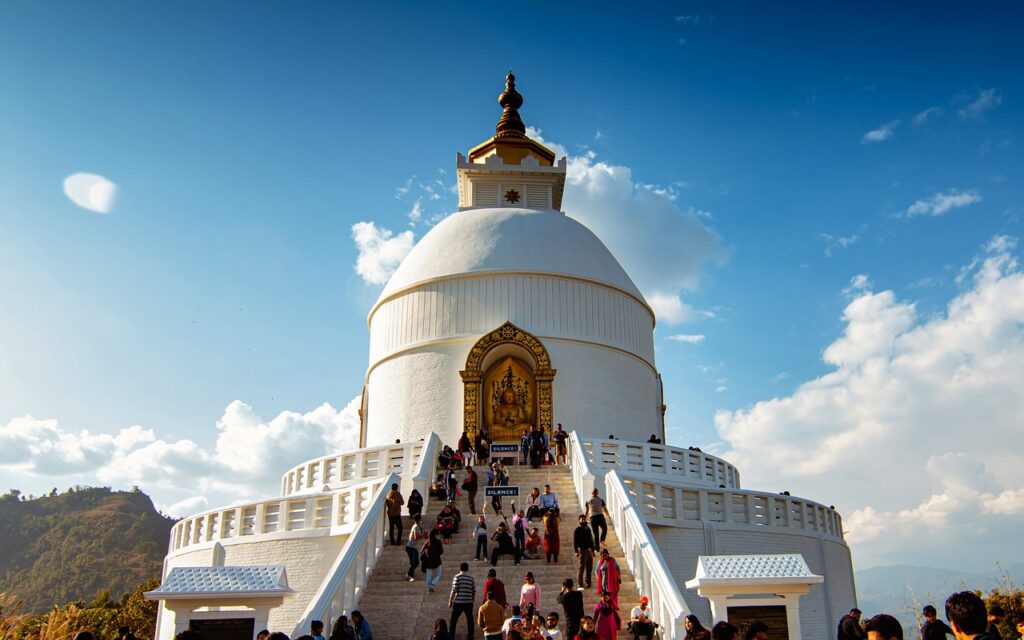In recent years, a surprising trend has emerged in the tourism sector: many attractions appear to be shuttered more often than they welcome visitors. While it might be tempting to attribute this to mismanagement or a lack of interest, a deeper analysis reveals a web of economic, seasonal, and operational challenges driving these frequent closures. This article takes a comprehensive look at the phenomenon, offers insights into factors that the initial reports may have overlooked, and answers the most commonly asked questions about the impact and future of tourism attractions.

Understanding the Trend
Across the globe, both large-scale destinations and smaller local sites have exhibited intermittent opening schedules. While marquee attractions in major cities get international headlines, lesser-known sites—from historical landmarks to quirky local museums—often grapple with operational challenges that limit their availability. Studies indicate that some attractions may be closed nearly as often as they open, reflecting a structural issue in the way tourism services are managed in a fluctuating market.
Factors Behind Frequent Closures
Seasonal and Weather-Dependent Factors:
Many attractions, particularly those in regions with distinct seasonal climates, rely heavily on favorable weather to draw crowds. When adverse weather sets in or off-peak seasons arrive, these attractions often close their doors to conserve resources and ensure visitor safety. For instance, outdoor historical sites or garden attractions might only operate during spring and summer, reducing their overall annual operating hours.
Economic and Financial Constraints:
Operating a tourist attraction involves significant maintenance, staffing, and utility costs. During periods of low visitor turnout, revenue can drop below sustainable levels. This financial strain forces some venues to limit operational days or temporarily shut down until funding or visitor numbers improve. Budgetary constraints can also drive decisions to close for routine maintenance rather than risk operating under less-than-ideal conditions.
Staffing Shortages and Operational Logistics:
Persistent challenges in the labor market—exacerbated by recent global events—have also played a role. Attractions often struggle to maintain a full roster of skilled employees, leading to reduced hours or intermittent openings. In some cases, unexpected staff shortages can prompt last-minute closures to ensure quality visitor experiences rather than offering subpar service.
Maintenance and Upgrades:
Routine upkeep, which is essential for visitor safety and the longevity of attractions, can lead to frequent but necessary closures. Aging infrastructures require repairs and renovations, causing periodic shutdowns that are essential investments for the future of the site. In many cases, these maintenance periods are scheduled during historically low-traffic periods to minimize revenue loss.
Regulatory and Licensing Challenges:
Compliance with safety regulations, local ordinances, and licensing requirements adds another layer of complexity. Attractions must periodically undergo safety inspections and certifications, which can lead to temporary closures if issues are detected. In some regions, bureaucratic delays further increase the time attractions remain unavailable to the public.
Implications for the Tourism Industry
Visitor Experience and Trust:
Frequent closures can sour the visitor experience, leading to frustrated tourists who may encounter “closed” signs even after planning a visit well in advance. This unpredictability can damage an attraction’s reputation and lead potential visitors to choose alternative destinations with more reliable operating hours.
Economic Ripple Effects:
Local economies often depend on steady tourist traffic. When attractions close sporadically, surrounding businesses—such as restaurants, transport services, and retail outlets—feel the impact. Moreover, inconsistent operations can hinder long-term investment in the tourism sector and affect regional marketing efforts.
Reevaluating Business Models:
Many attraction operators are being forced to reevaluate their business models in response to these challenges. Integrating technology for predictive maintenance, optimizing staffing schedules with data analytics, and offering virtual experiences during closures are some innovative approaches that may stabilize operations and enhance visitor engagement.

Strategies for Improving Operational Consistency
Adopting Flexible Scheduling:
Implementing flexible, demand-driven scheduling can help attractions better match their operating hours with visitor patterns and weather forecasts. Technology that monitors real-time visitor data can enable managers to adjust hours dynamically, ensuring that attractions are open when demand is highest.
Enhanced Funding and Support:
Government grants, public-private partnerships, and innovative financing models can alleviate the financial pressures that lead to intermittent operations. By securing more reliable funding, attractions can better plan for both routine maintenance and unexpected operational challenges.
Digital Integration and Virtual Offerings:
Incorporating virtual tours and digital engagement platforms can provide a continuous connection with potential visitors, even when physical sites are closed. This not only maintains interest but can also create alternative revenue streams during off-hours.
Streamlined Regulatory Processes:
Advocacy for more streamlined safety inspections and licensing procedures may reduce downtime. By working closely with regulatory bodies, attraction operators can negotiate more efficient inspection regimes that align with industry best practices.
Frequently Asked Questions (FAQs)
Q1: Why are many tourist attractions closed more often than they are open?
A: Frequent closures are often due to a combination of seasonal weather patterns, financial constraints, staffing challenges, necessary maintenance, and regulatory requirements.
Q2: How do seasonal factors affect attraction operations?
A: Attractions in regions with extreme or variable climates typically operate only during peak tourist seasons. Adverse weather and low visitor numbers during off-peak periods make it less viable to remain open year-round.
Q3: What economic challenges lead to these frequent closures?
A: Declining visitor revenues, increased operational costs, and limited funding for maintenance and upgrades often force attractions to close temporarily. In some cases, intermittent closures are a strategic decision to conserve resources.
Q4: How do staffing shortages impact tourist attractions?
A: A shortage of skilled staff can result in reduced operating hours or unexpected closures. Effective visitor service relies on a stable workforce, and disruptions in staffing can compromise both the visitor experience and operational efficiency.
Q5: What measures can attractions take to mitigate the impact of closures on visitors?
A: Attractions can adopt flexible scheduling, use real-time data analytics to match operations with visitor demand, and offer digital experiences during closures. Improved communication about operating hours can also help manage visitor expectations.
Q6: Can digital technology help reduce the frequency of closures?
A: Yes, digital tools can enhance predictive maintenance, optimize staffing schedules, and provide alternative virtual experiences. These innovations can help stabilize operations and ensure consistent visitor engagement even when physical sites are temporarily closed.

In an industry as dynamic as tourism, the frequent closures of attractions underscore the need for adaptive strategies and innovative solutions. By addressing operational challenges through technology, funding, and smarter scheduling, the tourism sector can work toward a future where visitors enjoy consistent, reliable experiences—ensuring that the magic of these attractions isn’t lost in the shuffle of unpredictability.
Sources BBC


